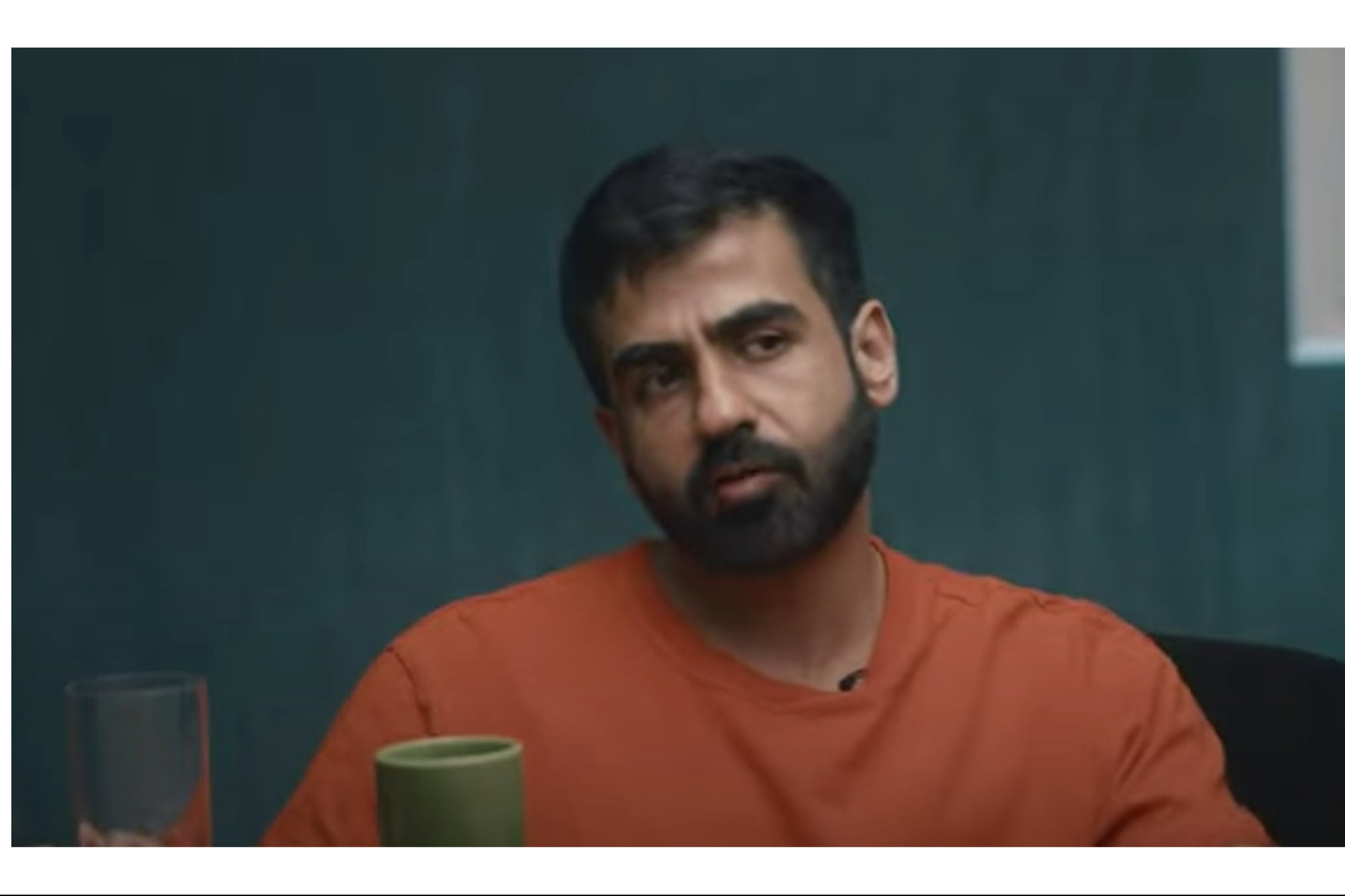Nikhil Kamath's Latest Podcast Dissects The Movie Business, OTT Platforms, Shifting Themes And More In the latest episode of his podcast series, WTF Is, investor Nikhil Kamath sat down with Ajay Bijli, Founder of PVR Cinemas and Managing Director of PVR INOX Ltd, President and Head of Disney+ Hotstar, Sajith Sivanandan and Vijay Subramaniam, Founder and Group CEO of Collective Artist's Network.
Opinions expressed by Entrepreneur contributors are their own.
You're reading Entrepreneur India, an international franchise of Entrepreneur Media.

In the latest episode of his podcast series, WTF Is, investor Nikhil Kamath sat down with Ajay Bijli, Founder of PVR Cinemas and Managing Director of PVR INOX Ltd, President and Head of Disney+ Hotstar, Sajith Sivanandan and Vijay Subramaniam, Founder and Group CEO of Collective Artist's Network. Over a detailed talk which was over two hours, the three gave their insights into content consumption in India.
With a rapidly evolving entertainment industry and people becoming increasingly particular about the content they consume, the podcast helps in understanding the dynamics of content consumption from those who have been in the business of entertainment in various capacities- whether it is introducing us to the whole multiplex experience, managing talent or deciding what kind of content an OTT platform believes in.
Here are five takeaways from the discussion, but we do recommend listening to the entire session for an engaging deep dive into the content business.
1. One of the topics which was discussed during the conversation was the role of women in influencing content choices and the integral role that they play in shaping content preferences within families. This insight underscores the need for diverse and inclusive content that resonates with the preferences of women across generations. When it comes to making decisions regarding which cinema hall to go to, predominantly that call is taken by the women of the house- whether it is the daughter, wife or mother.
2. The rise of digital platforms has provided an avenue for individuals to access a wide array of content on-demand, transcending geographical barriers. This has further fuelled the need for content diversity and localization to cater to the vast and varied audience base of the country. Content creation needs to resonate on a cultural, linguistic, and emotional level, ultimately forging deeper connections with viewers across the nation.
3. Increasingly it is being seen that a lot of the content getting consumed is in vernacular languages, which is something that is going to be key for content platforms going forward. Regional content is getting bigger by the day, which is being noticed on all OTT platforms. Hence, it is important to cater to diverse linguistic preferences.
4. Cinema culture in the West and back here in India is very different. Unlike the West, apart from just enjoying your movie with something to drink and a tub of popcorn, in India cinema is a form of an entertainment. For the people going for a movie its like an event they are attending and look forward to. The conversation also touched upon the unique dynamics of Indian cinema culture.
People go to multiplexes for the sense of escapism that the whole atmosphere provides, watching a larger than life film on the big screen. In India it's not just about watching a film; it's about immersing oneself in an event, donning the role of the protagonist, and enjoying the collective experience with fellow audience members. However, over time people have become more particular about what they sign up for, and the content needs to connect with them. It needs to be worth their money.
5. For all the Bollywood songs and dance we keep talking about, one truth is that musicians in India don't make much money, the reason for this is the IP system in the country does not favour the creator, something which needs to be regulated in the times to come.













